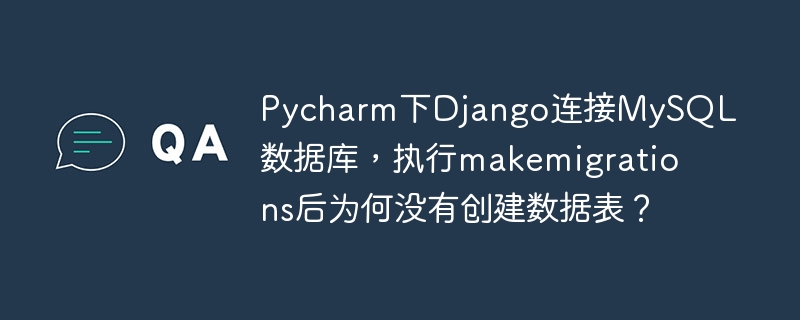在c++++中實現跨平臺線程可以通過std::Thread類實現。1) 使用std::thread創建線程,如#include

在c++中實現跨平臺線程是一項既有趣又具有挑戰性的任務。讓我們從這個問題開始,然后深入探討如何在不同平臺上實現這一目標。
當我們談到跨平臺線程時,我們希望能夠在windows、linux、macos等多種操作系統上使用相同的代碼來創建和管理線程。這種能力對于開發大型跨平臺應用程序至關重要,因為它允許開發者在不同的環境中使用相同的邏輯,而不必為每個操作系統編寫不同的線程管理代碼。
要實現這一點,我們可以利用C++標準庫中的std::thread類,它是C++11引入的標準線程庫。這個庫的設計初衷就是為了提供跨平臺的線程支持。然而,在實際應用中,我們還會遇到一些挑戰,比如線程同步、線程池管理等,這些都需要我們仔細考慮。
立即學習“C++免費學習筆記(深入)”;
讓我們來看看如何使用std::thread來創建一個簡單的跨平臺線程:
#include <iostream> #include <thread> void thread_function() { std::cout <p>這段代碼在任何支持C++11的編譯器上都可以運行,無論是Windows上的visual studio,還是Linux上的GCC或Clang。</p> <p>但在實際開發中,我們可能會遇到一些問題和挑戰:</p> <ul> <li> <strong>平臺差異</strong>:盡管std::thread提供了跨平臺的支持,但某些底層操作系統特定的功能可能需要使用平臺特定的API。例如,Windows上的CreateThread和Linux上的pthread_create。</li> <li> <strong>同步問題</strong>:多線程編程中,線程同步是關鍵。C++標準庫提供了std::mutex、std::lock_guard等<a style="color:#f60; text-decoration:underline;" title="工具" href="https://www.php.cn/zt/16887.html" target="_blank">工具</a>,但使用不當可能會導致死鎖或性能問題。</li> <li> <strong>異常處理</strong>:在線程中處理異常需要特別注意,因為線程終止時可能會影響整個程序的穩定性。</li> </ul> <p>為了更好地管理這些問題,我們可以考慮以下策略:</p> <ul><li> <strong>使用線程池</strong>:線程池可以有效管理線程的創建和銷毀,提高性能。可以使用Boost庫中的boost::threadpool或自己實現一個簡單的線程池。</li></ul> <pre class="brush:cpp;toolbar:false;">#include <iostream> #include <thread> #include <vector> #include <queue> #include <mutex> #include <condition_variable> class ThreadPool { private: std::vector<:thread> workers; std::queue<:function>> tasks; std::mutex queue_mutex; std::condition_variable condition; bool stop; public: ThreadPool(size_t threads) : stop(false) { for (size_t i = 0; i task; { std::unique_lock<:mutex> lock(this->queue_mutex); this->condition.wait(lock, [this] { return this->stop || !this->tasks.empty(); }); if (this->stop && this->tasks.empty()) return; task = std::move(this->tasks.front()); this->tasks.pop(); } task(); } }); } ~ThreadPool() { { std::unique_lock<:mutex> lock(queue_mutex); stop = true; } condition.notify_all(); for (std::thread &worker : workers) worker.join(); } template<class f> void enqueue(F&& f) { { std::unique_lock<:mutex> lock(queue_mutex); tasks.emplace(std::forward<f>(f)); } condition.notify_one(); } }; int main() { ThreadPool pool(4); for (int i = 0; i <ul><li> <strong>使用RAII技術</strong>:Resource Acquisition Is Initialization(RAII)技術可以幫助我們更好地管理資源,特別是在線程同步中。使用std::lock_guard和std::unique_lock可以確保鎖的正確釋放。</li></ul> <pre class="brush:cpp;toolbar:false;">#include <iostream> #include <thread> #include <mutex> std::mutex mtx; void shared_print(const std::string& str, int id) { std::lock_guard<:mutex> lock(mtx); std::cout <ul><li> <strong>異常處理</strong>:在線程中使用std::exception_ptr來捕獲和傳遞異常,可以在線程結束后處理異常。</li></ul> <pre class="brush:cpp;toolbar:false;">#include <iostream> #include <thread> #include <exception> std::exception_ptr ep; void thread_function() { try { throw std::runtime_error("An error occurred"); } catch (...) { ep = std::current_exception(); } } int main() { std::thread t(thread_function); t.join(); if (ep) { try { std::rethrow_exception(ep); } catch (const std::exception& e) { std::cout <p>在實際應用中,我們還需要考慮一些最佳實踐:</p> <ul> <li> <strong>避免全局變量</strong>:盡量避免在多線程環境中使用全局變量,因為這會增加線程同步的復雜性。</li> <li> <strong>使用原子操作</strong>:對于一些簡單的狀態更新,可以使用std::atomic來避免鎖的開銷。</li> <li> <strong>性能優化</strong>:在高性能應用中,可以考慮使用std::async和std::future來實現異步編程,提高并發性。</li> </ul> <p>總的來說,C++中的跨平臺線程編程需要我們對標準庫有深入的理解,同時也要掌握一些平臺特定的知識。通過合理使用標準庫和一些高級技巧,我們可以編寫出高效、可靠的多線程應用程序。</p></exception></thread></iostream>
? 版權聲明
文章版權歸作者所有,未經允許請勿轉載。
THE END



















